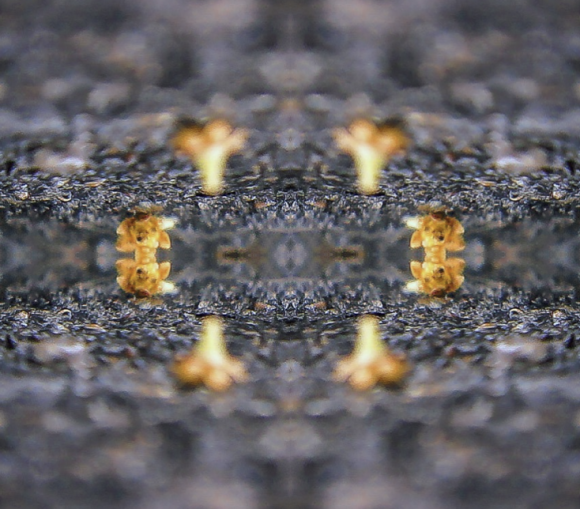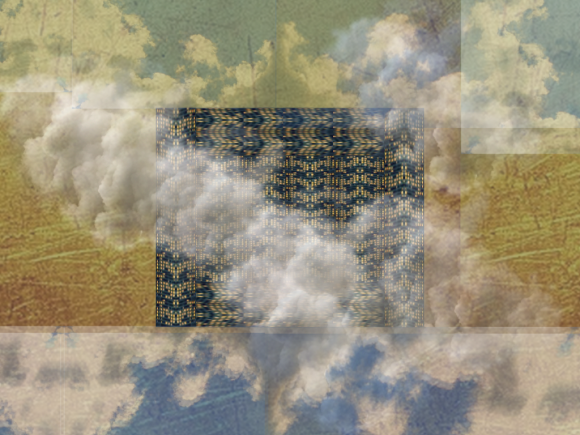Part of the job, when researching an interesting phenomenon, is to build up a phenomenological pool: collect typical examples, interesting special cases, and fringe phenomena that may or may not be relevant in conjunction with our focus of interest.
It’s not different with synchronicities, of course, but there is an additional category in that pool to which we might pay some attention. I shall call them ‘climates’: general areas of life where synchronicities seem to be more likely to occur (i.e. conducive climates for synchronicities), less likely to occur (i.e. inhibitory climates), or neither (neutral climates).

Just as with specific examples of synchronistic phenomena, we have to take the authors’ word for it when assuming that some given climate actually is conducive to synchronicities. That is fine at the beginning — remember that we collect the phenomenological pool primarily to have a starting point for describing and delimiting the phenomenon. Later on, we may make corrections when it turns out that there were false positives in the pool.
Furthermore, once we have a candidate theoretical account of synchronicities, we should be able to derive sub-accounts from it for each of the climates: we should be able to explain why a certain climate would be conducive or inhibitory to synchronistic phenomena. But that is for later — for the time being, it will suffice to just collect a few specimens.
1. Jung himself gestures from time to time at the kind of thing I have in mind.
Durch die fortschreitende Integration des Unbewußten [machen] wir Erfahrungen archetypischer Natur […], die uns ein Gefühl der Kontinuität vor und nach unserem Dasein verleihen. Je besser wir den Archetypus verstehen, desto […] stärker erkennen wir seine Ewigkeit oder Zeitlosigkeit. […] Die Realisierung des Selbst bedeutet auch eine Wiederherstellung des Menschen als Mikrokosmos, das heißt seiner kosmischen Bezogenheit. Solche Realisierungen sind häufig von synchronistischen Ereignissen begleitet. (Die prophetische Erfahrung der Berufung gehört auch in diese Kategorie.)
GW XVIII/II, §1572-1573 (my emphasis)
In short, when engaging with the archetypes of the collective unconscious, a subject may begin to feel themselves as part or a wider, timeless (“cosmic”) whole, and when that feeling develops, we frequently also observe that they notice synchronicities. The quote comes from an essay about the connections between psychology and religion, and thus the more specific example Jung gives is the experience of a prophetic “calling”.
So we might add the general type of situation where a subject has a “calling” experience to the phenomenlogical pool as a synchronistic climate. Ideally, of course, we would have a few more, independent authors who second the claim from their own research. (The popular literature is full of similar and related claims, viz. e.g. Gregg Levoy, Callings: Finding and Following an Authentic Life. NY: Three Rivers (1997), 108-113. These, however, are mostly anecdotal retellings of the claims already found in the literature, and can often even be traced to the same sources — including Jung’s essay —, and thus they don’t really extend the evidence.)
2. Romantic love (and the separation of lovers) seems to be one of the primary synchronistic climates. John Ryan Haule relates two examples in his Divine Madness: Archetypes of Romantic Love (38, 42); Haule, just as Jung, also notes that synchronicities are a common occurrence he encounters in his therapeutic practice.
He also, perhaps more importantly, points to a feature of being in love that many of us can relate to from our own experience:
[W]hat are we to make of all those marvelous synchronicities, when we read one another’s minds and telephoned at just the right moment? Are these not real and significant events?
[Haule is here arguing against the notion that such events are “just projections of the anima/animus”]John R. Haule, “The Lens of the Anima and What It Sees”
3. More on the dark side, circumstances around death and loss seem to be prime areas as well. A key takeaway from Aniela Jaffé’s book on the psychology of Vorzeichen & Geistererscheinungen (“Omens and Ghost Apparitions”), which has a chapter on synchronicities (233-274), is that these phenomena happen mostly in the vicinity of death, and other forms of consciousness breakdown: viz. mental illness, as well as in dreams (233, 241n218; there is also the case, of course, of strong affect).
We have to tread carefully here, however, since Jaffé, like many early Jungian authors, lacks in critical distance from Jung; she subsumes synchronicities under a notion of generally and unspecifically ‘a-causal’ phenomena, and simply expounds Jung’s argument from the synchronicities essay, thus ending up with a pool of examples that practically includes every imaginable kind of ‘occult’ phenomenon. But surely it is less surprising that a subject, say, experiences visions of ghosts at a time of bereavement than that they would experience synchronicities. This is another instance where the Jungian insistence of a ‘wider’ sense of synchronicity as basically “any kind of a-causal phenomenon” is less than helpful. If we had a more nuanced and substantial criterion, we would be able to see more clearly how much of a dark side there really is to synchronicities in particular.



